The Origin of AMA in Paraguay
by Delbert and Susan Schlabach
In the mid 1960’s a movement stirred among the Beachy churches in North America, exploring evangelization by colonization in a foreign country. At a meeting in Ohio, on this popular topic, 24 families indicated interest in moving to Paraguay.
A plot of 5,000 acres was purchased by investors, from the Sommerfeld Mennonite Colony (a group of Russian Mennonites who moved to Paraguay in 1948 from Canada) and was named Colonia Luz y Esperanza (Light and Hope Colony).
In December, 1967, the Paul Eichorn and Neil Beachy families settled on this land to pioneer and to tame the virgin jungle. They soon recognized the need for a medical facility closer than the nearest government hospital 50 miles away. They invited AMA to open and operate a clinic in this underdeveloped region. Board member, Lester Hershberger, and AMA missionary in El Salvador, John Mast, visited Paraguay on an investigation basis in December, 1969. After God miraculously moved, Lester and John procured permission and signatures from the Minister of Health of Paraguay on that visit to build and operate a clinic in the rural Department of Caaguazu.
From the beginning, the clinic was a joint venture between the non-AMA Light and Hope Colony and AMA. Land was purchased by a board member and donated to AMA for a small farm and clinic. Colony men and neighbors donated labor.
Interestingly, none of the 24 families who had attended the colonization meeting mentioned above, ever moved to Paraguay. As AMA workers, the John Mast family moved there in April, 1970, and later that year, nurse Fannie Mae Yoder moved in and set up a clinic, assisted by colony families.
Throughout the years, various levels of medical care ebbed and waned through Clinica Luz y Esperanza. There were periods of having an onsite doctor when minor and major surgeries were performed, laboratory, pharmacy, neonatal care, general and intensive medical care, vaccinations, and always babies being born. Not infrequently, over the years, aspiring midwifery students worked there for short periods of time, training under the direction of the licensed AMA midwife on staff. The clinic also provided emergency transport for critically ill patients.
The spiritual outreach of the clinic’s efforts grew to be vibrant and effective. They included Bible studies on the clinic porch, a neighbor man forsaking Catholicism for the faith of these newcomers, Bible reading with patients, sewing classes, tract distribution, visitation, prison ministry, and more. Nearby Colony Light and Hope established a congregation, as well as a small church alongside Primera Linea, within site of the AMA clinic. Summer Bible schools inundated the neighborhood with Bible stories and children’s songs. Over all, the faithful, one-on-one patient care provided at the clinic remained a powerful testimony of godliness in this community.
After 43 years, 13 administrators, 176 workers, and over 13 thousand births, the Light and Hope Clinic closed its doors in 2013. Some legalization struggles and primarily the influx of more modern and multiple health facilities in the surrounding area, underscored the fact that this clinic had served its purpose and that in the medical sense it was being well replaced. The property was purchased by the Mennonites of Sommerfeld who have expanded it to serve as a rehabilitation and counseling facility.
In 2000, a small nucleus of former Old Order Amish settlers, with national Paraguayans, who lived in the area of La Belleza, Sidepar, requested pastoral assistance and oversight from the church at Light and Hope Colony. Although it entailed four hours of bumping over sometimes inhospitable roads, the colony church began to nurture the La Belleza community in a variety of ways. And as before, the request was given to begin a small clinic in this remote area.
Roman Miller, then AMA worker and pastor, helped to shepherd this flock and provided oversight of a clinic constructed by a local board, loosely supported by the community and subsidized by AMA. This clinic, alongside the Belleza congregation, performed urgent care and maternity services, counseling, and general inpatient medical care as well as emergency transport for the outback community. The Belleza clinic was able to employ a national workforce in addition to American staff and the Word of the Lord went forth from this care facility.
Due to staffing shortages, the Belleza Clinic closed its doors in 2023 after more than 20 years of service. Over the years, as roads were paved, and more modern health centers were established, the need for this basic health facility gradually diminished. Today, a church and school in La Belleza flourish, while the former clinic is being repurposed to support local agricultural projects.
AMA presence in Paraguay has now decreased to just one family serving part-time. We give credit to God for the countless lives impacted for His glory over the years. Nearly sixty years ago, the first pioneering colonists and nurses brought Light and Hope to the rural peasant communities of Paraguay, leaving a lasting legacy of faith and service.
